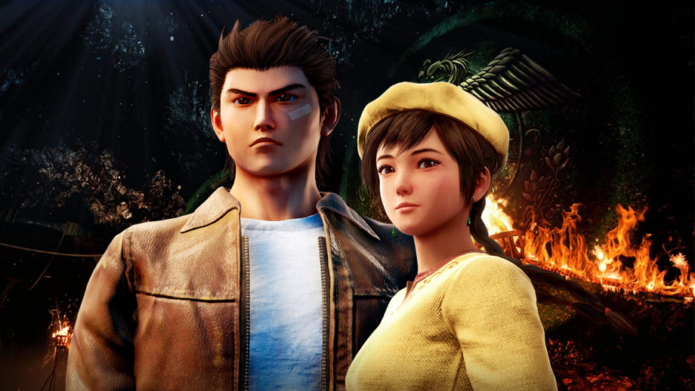

There's all sorts of mechanics that, seen through a modern lens, are downright nonsensical and only serve to make the game less fun. It's not just the pacing of Shenmue III that's a holdover from the Dreamcast era, either.


I found myself frequently opting to do everything except what I needed to do to advance the story, not because the mini-games were particularly amazing (though they are quite satisfying), but simply because the story itself was so unengaging that I preferred to spend my time doing practically anything else instead of moving it along. Usually games gate off areas in order to better pace out the narrative they're trying to tell, but nothing interesting happens in the hours between the game's beginning and the confrontation with the thugs. It doesn't help that the main plot moves like molasses, often requiring repeated, tedious wandering and interaction to find the character or place you need to get a tiny sliver of information that moves the plot along ever-so-slightly and unnaturally gating you off from places.įor example, It takes hours to find a pair of thugs at the game's beginning that you probably could have chased down in minutes if you were allowed to enter the area they're in from the get-go. Ryo is still a dull-as-dishwater character who we're told is motivated by a sense of vengeance and justice, but his wooden dialogue and complete lack of a personality totally undermine any sense of urgency or intrigue this ongoing martial-arts drama might have. And if self-improvement is your goal, there's always spots to train and raise your martial arts proficiency.Įxploring all of the side activities and enjoying the atmosphere of the locations in Shenmue III is fun, but it highlights one of the game's biggest problems: How utterly boring and unengaging the main story is.
#Shenmue 3 review metacritic manual
If you need some fast cash, you can do manual labor and chop wood in a brief minigame. You can wander around the countryside looking for herbs, selling and trading sets for money and valuable scrolls that teach Ryo new attacks, or you can kill a few hours fishing and hope your day's catch will net you some money and a cool prize. Shenmue III retains a lot of old favorite activities from previous titles-collecting capsule toys, gambling with games like Lucky Hit and turtle races, simple arcade mini-games like whack-a-mole, and the all-important Shenmue staple of forklifting-while also introducing a handful of new activities. The characters who live in these places also give them a nice flavor NPCs all look distinct, have individual quirks and personalities, and are easy to recognize-which is nice when you have to find and talk to specific people in the absence of quest markers. Niaowu, the port city where the game's latter half takes place, also feels like a real and engaging place, with the massive variety of shops you'd expect from a trading city on the water. The village itself is a charming setting, too it's filled with interesting landmarks that give it character, like a massive sunflower garden and a small collection of gambling facilities on the riverbed. There are some gorgeous vistas both in and outside of Bailu village, making the day-to-day strolls warm and inviting. In terms of setting, Shenmue III succeeds quite admirably in making the world pleasant to be in. Once that's over with, Shenmue III's story revolves around a small martial-arts village in the middle of China (and later, a larger harbor town), as he investigates various happenings, interacts with the populace, and engages in time-wasting activities like mini-games, gambling, scrounging for herbs, and levelling up his fighting skills. Shenmue III picks up right where the last game left off-as though 18 years haven't passed since players wrapped up Ryo Hazuki's last adventure-resolving Shenmue II's cliffhanger in a way that's surprisingly unexciting after such a long stretch. Unfortunately, while it's fascinating as a weird curiosity from a long-gone era of gaming, it's simply not that fun to actually play. The truth is much more banal, of course: It's the result of a (sometimes rocky) crowdfunding campaign and the hopes and dreams of a fervent fanbase. It's as though it was beamed here from a parallel universe where the Dreamcast was an ongoing success and early-aughts game design remained the norm decades later. Shenmue III is an anomaly, a game that feels like it doesn't really exist.


 0 kommentar(er)
0 kommentar(er)
